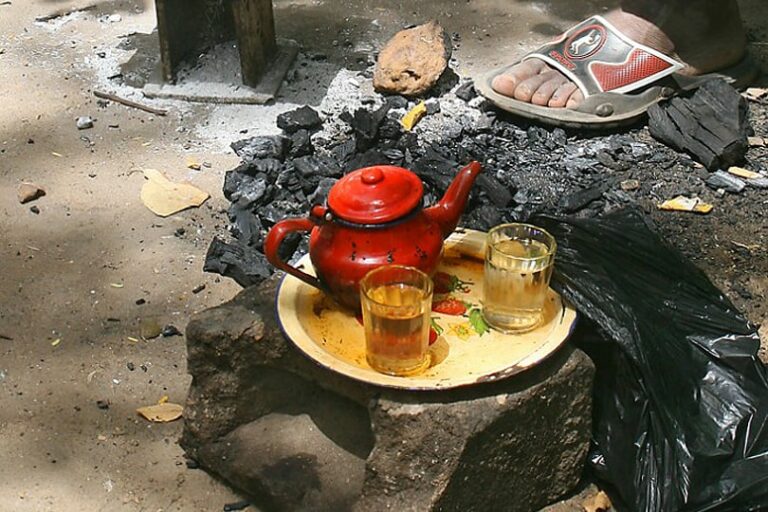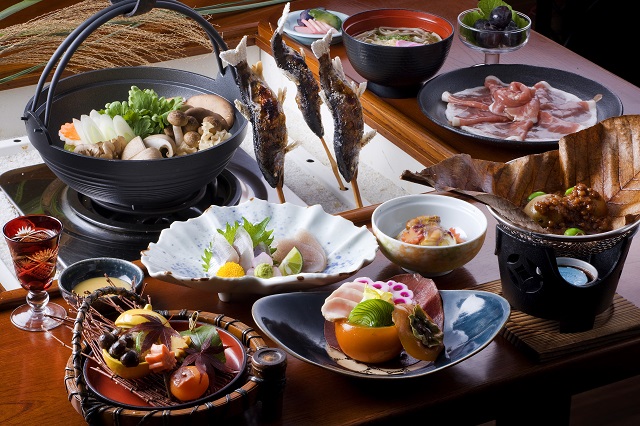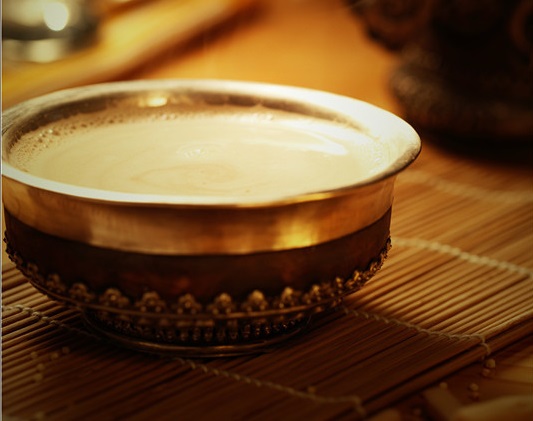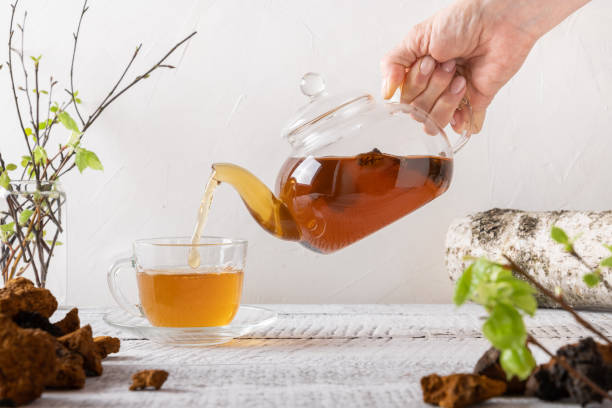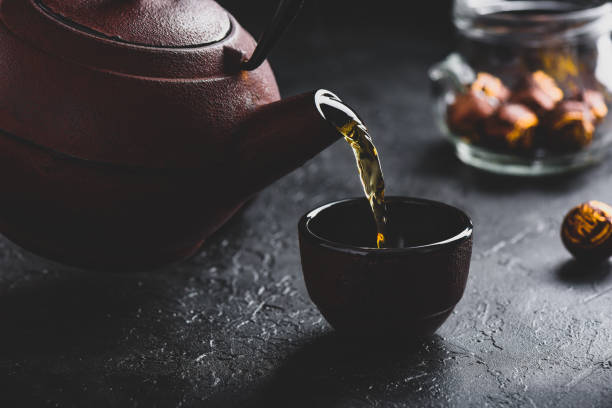Traditional Egyptian Drinks: An Overview
Egypt is a land of ancient traditions and customs, with a rich culinary heritage that includes a wide variety of delicious and refreshing drinks. Traditional Egyptian drinks are known for their unique flavors and health benefits, and they are enjoyed by both locals and visitors to the country. From sweet and creamy sahlab to tangy and fruity karkade, there’s something for everyone to enjoy.
Hibiscus Tea: A Refreshing Favorite
Hibiscus tea, also known as karkade, is a popular drink in Egypt that is made from the dried calyces of the hibiscus flower. It has a tangy, fruity flavor and can be served hot or cold. Hibiscus tea is also known for its health benefits, as it is rich in antioxidants and can help lower blood pressure. It is often served with sugar or honey and can be enjoyed as a refreshing drink any time of day.
Sahlab: A Creamy, Sweet Delight
Sahlab is a creamy, sweet drink that is made from ground orchid tubers and milk or cream. It has a thick, pudding-like consistency and is often flavored with cinnamon or vanilla. Sahlab is a popular winter drink in Egypt and is often served hot, although it can also be served cold. It is a delicious and comforting drink that is perfect for cold winter nights.
Karkade: A Tangy and Fruity Brew
Karkade, also known as hibiscus tea, is a tangy and fruity drink that is made from the dried calyces of the hibiscus flower. It is a popular drink in Egypt and is often served hot or cold. Karkade is rich in antioxidants and can help lower blood pressure, making it a healthy and refreshing drink. It is often served with sugar or honey and can be enjoyed any time of day.
Sobia: A Coconut-Based Drink
Sobia is a sweet and creamy drink that is made from coconut milk, sugar, and water. It is a popular drink in Egypt and is often served cold. Sobia has a rich, coconut flavor and is a delicious and refreshing drink on hot summer days.
Qamar Al-Din: A Thick Apricot Nectar
Qamar Al-Din is a thick apricot nectar that is popular in Egypt. It is made from dried apricots that are soaked in water, then blended and strained. Qamar Al-Din has a sweet, fruity flavor and is often served during Ramadan. It is a delicious and refreshing drink that is perfect for hot summer days.
Tamar Hindi: A Sour Tamarind Drink
Tamar Hindi is a sour drink that is made from tamarind pulp, sugar, and water. It has a tart, tangy flavor and is often served cold. Tamar Hindi is a popular drink in Egypt and is known for its health benefits, as it is rich in vitamins and minerals. It is a refreshing drink that is perfect for hot summer days.
Irfa: A Herbal Digestive Tea
Irfa is a herbal digestive tea that is popular in Egypt. It is made from a blend of herbs, including fennel, anise, and caraway, that are known for their digestive properties. Irfa has a mild, licorice-like flavor and is often served after meals to aid digestion. It is a healthy and refreshing drink that is perfect for after-dinner relaxation.


